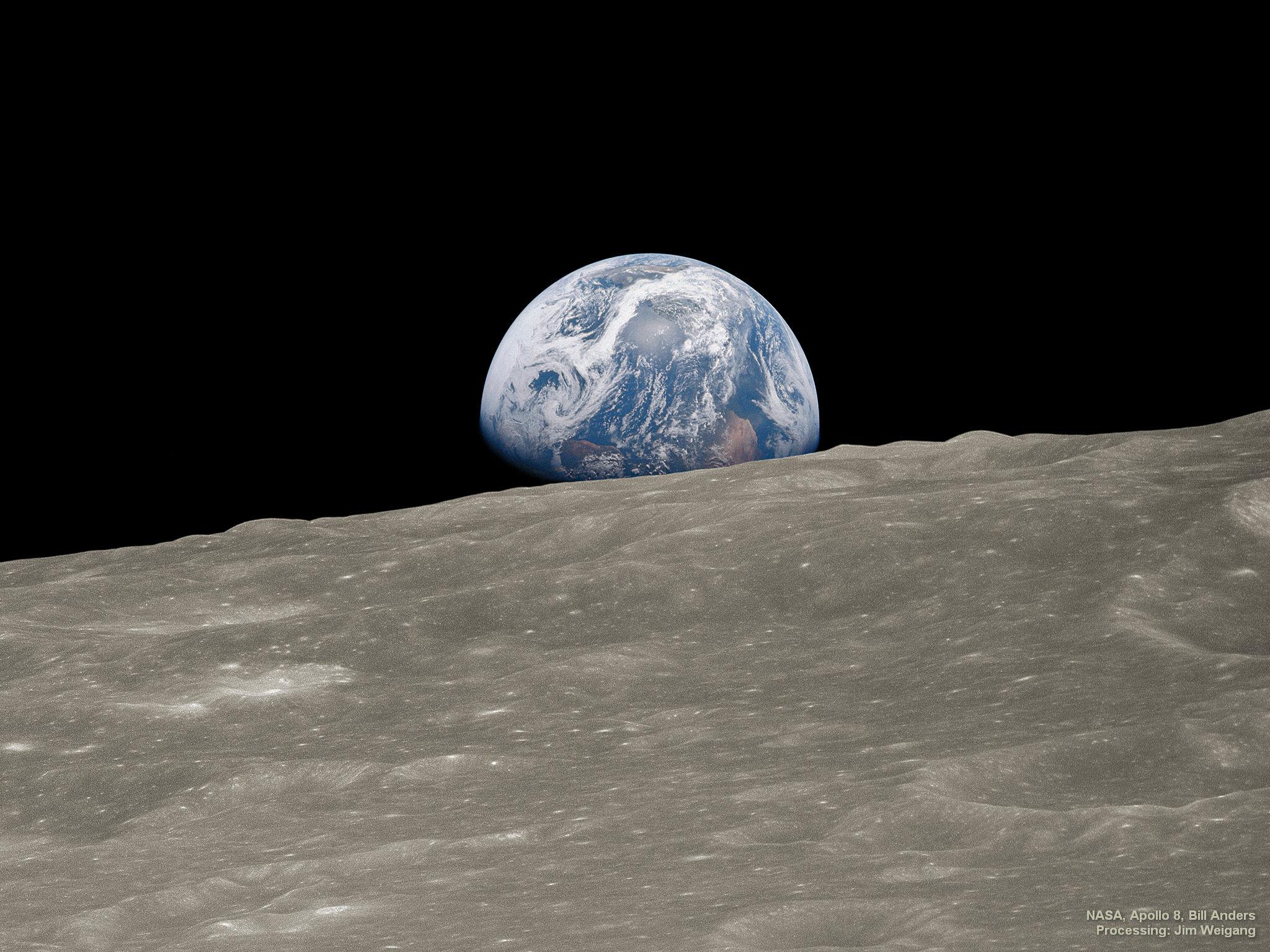Using Artificial Intelligence to interact with unseen horizons.
Computing power has doubled 33 times since the original Limits to Growth in 1972. The Earth-1 system dynamics model input was programmed on punch cards. To compliment the 2022 Earth4 model, which is a more powerful version of the same approach, we added a 21st century Artificial Intelligence model: Aurora, built by Erasmus.AI.
Simulations such as the Club of Rome’s Earth4 model enable us to model the system dynamically in the language of mathematics. At Erasmus.AI we want to democratise these and other insights by using AI to model language itself. The AI (in this case a Generative Text Model or Large Language Model) enable us to converse in text. We can ask questions, prompt paragraphs and interact with these neural networks by typing a short sentence and picking from generated examples.
Change happens because we see new horizons.
Change happens because we see new horizons. Four years before the Limits to Growth the world saw the Earth rise for the first time. Apollo 8’s Earth rise above the Moon transformed how we saw ourselves and our thinking transcended the horizon to understand the Earth a whole. We are bound by our biosphere. The Limits to Growth is a result of that ontological shift. We want to use the technology of our age, Artificial Intelligence, to build a new bridge to tomorrow. The view that changes us is a collection of everything we know about the transformation ahead- a vast collection of millions and millions of articles we have spent the last decade and a half assembling. It is not a pretty picture, it is the back and forward of this transition, the small wins, the giant defeats and fundamentally the accent to a world we are making anew. It will take many bridges to make it to a tomorrow our children and grandchildren will be proud of. Not all of them will work, but we need to be building these bridges to the best of our knowledge.
We should use AI to stretch our collective horizon. To cast a future unseen. This is magical technology. We need to see a web beyond the question we asked. We need to play with answers, together.
The model takes a subset of billions of articles in our document collection which relate to climate change, resource constraints, socio-political-economic and technological responses to biosphere overshoot and trains it to give responses to questions or prompts as to what could happen next. Think of it as Generative Pre-trained Transformer for Climate Change or as we like to call it ClimateGPT, the code-name is Aurora. We plan to open a version of this model to the world to bring climate transition into every meeting on earth. One can simply ask a question to the model and receive a response with supporting documents in seconds. It will still be opinion based, and as all models, have blind-spots, but here in natural language one can get answers to questions beyond the simplistic rhetoric that the planet is burning.
Our sustainable future will not be found in the worldview of best effort single answers build by 25 year olds high on Red Bull, dead with deadlines and low on diligence.
It will be found in paying with insights, revealing unseen horizons and an interplay of the many “right” answers.
This is not an AI answers everything approach, what matters is the back and forward of conversations, seeing the web of relations not just simple answers. Climate is complex, how we shall respond to the increasing feedback loops from a climate-a-changing is complex- water wars, regenerative agriculture, systems transformation, etc. it is an open question. What we know is that conversations is how we have always solved our challenges. It is time that beyond the systems dynamics models, we need to add Artificial Intelligence to the conversation. Not as a Deux ex Machina, but as a part of the process. Like Earthrise the hope is that this conversation shows us a greater whole. The view of all our knowledge about technology, transformation, people and politics can challenge the horizon which is left unsaid in our meetings. Stretch our horizon a little into the future, to see the consequences of the path we are on and make decisions that bring a hopeful future a little closer.

